When I Found The Trap Door - Album Download
$10.00
Download the new album by BONZIE. If you have a vinyl free download card, just enter your discount code at checkout!
When I Found The Trap Door
BONZIE
The latest album from BONZIE, When I Found The Trap Door affirms her as the rare pop visionary with the power to transform our perception of the world. Since releasing her debut project at age 15, the Chicago-bred singer/songwriter/producer/multi-instrumentalist has reached an extraordinary level of success for an independent musician, including earning an abundant stream of critical acclaim from leading outlets like The New York Times and NPR. Fully produced by BONZIE—who also served as the sole writer on every song and played a variety of instruments throughout the album—When I Found The Trap Door further expands her singular artistry and mines inspiration from such eclectic sources as the psychedelic sci-fi of Satoshi Kon’s Paprika and the elemental folk/blues of guitarist Elizabeth Cotten. The result: a body of work that provides a welcome rupture from the confines of reality, inviting both illuminating contemplation and absolute surrender.
The fourth full-length effort from BONZIE, When I Found The Trap Door arrives as the follow-up to 2021’s Reincarnation—an album that amassed praise from the likes of New York Times chief pop music critic Jon Pareles (who noted that her career has “consistently yielded richly melodic and mysterious songs”) and delivered standout tracks like “alone” (named one of the best songs of 2020 by The New York Times and selected for Bob Boilen’s All Songs Considered, who hailed BONZIE as “brilliantly talented”). In creating her new LP, BONZIE dreamed up each exquisitely detailed track in her home studio and at famed facilities like Hollywood’s EastWest Studios (where she recorded a full orchestra led by conductor Anthony Parnther, who’s contributed to the scores to such films as Oppenheimer) and Electrical Audio (the Chicago studio founded by the late Steve Albini, who also worked with BONZIE on a 2016 project). After overseeing production entirely on her own—an exceptionally bold move in a musical landscape notoriously lacking in female producers— BONZIE joined forces with legendary mixing engineer Michael Brauer (the multi-Grammy-winner known for his work with Bob Dylan, The Rolling Stones, Coldplay, and more), who further refined the resplendent sound of When I Found The Trap Door.
An infinitely shapeshifting artist whose sonic vocabulary encompasses a vast expanse of genres and styles—art-pop, post-rock, freak-folk, jazz, electro, alt-R&B, and more—BONZIE felt pulled toward a decidedly minimalist approach to the musical foundation of When I Found The Trap Door (an album she refers to as a “storytelling record”). “There’s a delicacy to these songs that I knew needed to be handled in a very intentional way, otherwise they’d risk losing some of their vulnerability,” explains Nina Ferraro, who’s made music under the moniker of BONZIE for over a decade. Partly inspired by her fascination with folk artists from the mid-century roots-music revival, When I Found The Trap Door ultimately matches its crystalline intimacy with an ineffably magical quality that’s closely tied to the album’s exploration of the often-slippery line between truth and illusion—an inquiry informed by her many rewatchings of Paprika, as well as her reflections on the rapid development of AI and our increasing inability to distinguish between real and fake. “One of the main concepts of Paprika is the idea of dreams and reality colliding and interacting with each other, so that we’re left to question what’s real and what’s not,” says Ferraro. “There’s an element of absurdity that feels relevant to this point in history, where we’re constantly in awe of what’s happening in science while also dealing with the loss of our previous understanding of how to define what’s real and what’s fake.”
For the opening track to When I Found The Trap Door, BONZIE presents an immediately transportive piece that perfectly encapsulates the unbridled imagination and highly sophisticated musicianship that infused every aspect of the album’s creation. Initially written on piano, “Do You Know Who I Am?” slowly blossomed into a sprawling pop fantasia whose soundscape includes everything from lilting felt-piano melodies to glitched-out synth tones to a lavish orchestral section arranged by Nathaniel Walcott of the band Bright Eyes. “The process of making that song was a very long journey of finding practical ways to execute the production ideas that came to me as I was writing it—it almost felt like making a sculpture,” says Ferraro. “So many of those ideas were very esoteric and abstract, but what I ended up with is almost scarily accurate to what I’d envisioned.”
Over the course of When I Found The Trap Door, BONZIE draws the listener deeper and deeper into the expansive world of her subconscious, offering up a selection of songs that endlessly follow their own dazzling dream logic. As the album orbits around her enchanting vocal work—and her graceful yet viscerally charged performance on piano, keys, and acoustic and electric guitar—those songs gently drift from the slow-burning jazz of “Hollywood” to the luminous folk of “Lavalamp” (a track whose opening lines spotlight her distinct lyrical sensibilities: “I was waiting for December/To come and save the past/Coke bottle smiling polar bear/While I’m melting their ice caps”). “Sanctioned Gold Buoy” showcases her elegant fingerpicking technique, while “The Simplest Choice” takes on a lovely intensity thanks to its spellbinding synchrony of piano and strings. And on “Isn’t It Funny,” When I Found The Trap Door closes out on a moment of sublime symphonic grandeur: a live orchestra arranged by Paul Cartwright (a musician/composer whose credits include Lana Del Rey, Chappell Roan, and Sigur Ros). “Aesthetically speaking, I loved the idea of bookending the album with songs that both feature an orchestra,” says Ferraro. “‘Isn’t It Funny’ is a song about loss, asking where someone goes when they leave Earth, so it was always destined to be the ending track.”
A resolutely self-reliant artist who taught herself to play guitar at age nine, Ferraro partly attributes the fluidity of her musical expression to her time spent in the more experimental end of Chicago’s jazz scene during her formative years. “The first people I ever played with were all jazz musicians, and I think there’s an inherent sense of risk-taking in the jazz world—an eagerness to break new ground or go against the rules,” she says. Along with earning adulation from tastemaking outlets like SPIN, Vogue, PopMatters, and Earmilk, BONZIE’s uncompromising originality has won the admiration of renowned musicians like Jonathan Wilson (who joined her in co-producing her 2017 sophomore album Zone on Nine) and Steve Albini (who stated that “the thing that made her stand out immediately was just a singular drive—not to get famous, not just to become known, but to express herself in a way that meant something to her” in a 2021 feature story in The New York Times). But when it came time to create When I Found The Trap Door, Ferraro felt unequivocally compelled to handle production on her own. “This album feels like a culmination of all the knowledge I’ve gained through years, and the tools I’ve developed through observing all the incredible people I’ve worked with,” she says. “It was the most challenging thing I’ve ever done, but it was so satisfying to be in a constant state of learning and growing and getting better.”
Referring to the self-production process as “a very intimate experience with your sense of self,” Ferraro made a point of protecting and honoring her intuition throughout the making of When I Found The Trap Door. “The way I write songs, I try to be as un-self-aware and un-self-conscious as possible, so as not to turn on my heady and analytical brain,” she says. “In order to produce these songs, I had to really look at my subconscious songwriting self and take good care of that person.” To that end, Ferraro found her creative fortitude profoundly enhanced by her recent experience in becoming certified in Reiki (an energy-healing modality with origins in Japan). “Since I was young I’ve interacted with music as a sort of energetic matter, a very flow-like substance,” she says. “As time goes on, it can be easy to get caught up in the intellectual or logical aspect of making music, but Reiki has helped to nurture my trust in the process and let it live in that magical place.”
In choosing a title for her most accomplished work to date, Ferraro landed on a phrase that echoes her commitment to creative autonomy and her emphatic belief that “we are our own ringmasters in our own circus life.” “One example of a trap door for me was the realization that I should self-produce this record, despite what the environment of the industry and our society would tell me to do,” she says. “I think there are always exceptions to the rules that we’re given, and that we need to stay open and malleable as we navigate life—to seek out the trap doors that will lead us toward a better way of being. We need to keep changing and growing and looking out for those possibilities, because that’s so much of the brilliance and beauty of being alive.”

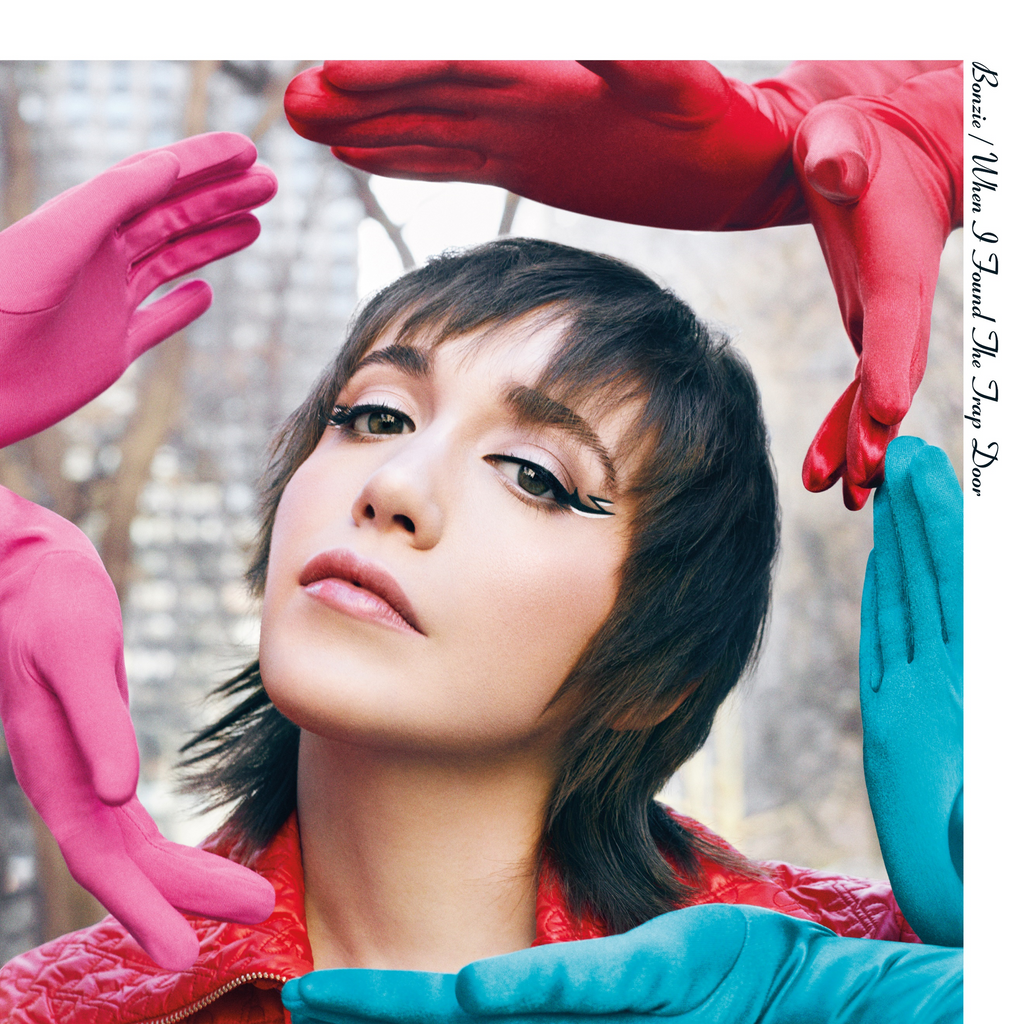

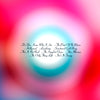
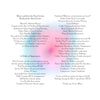





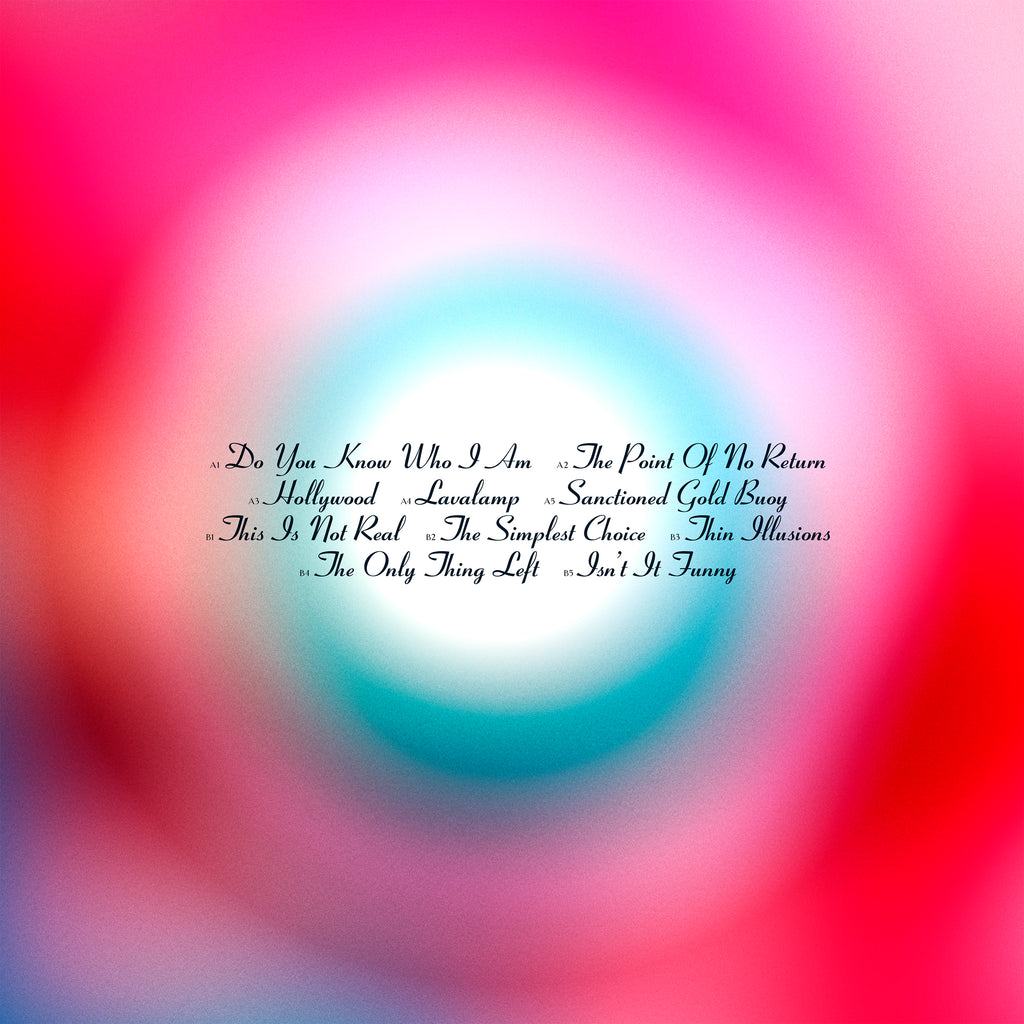
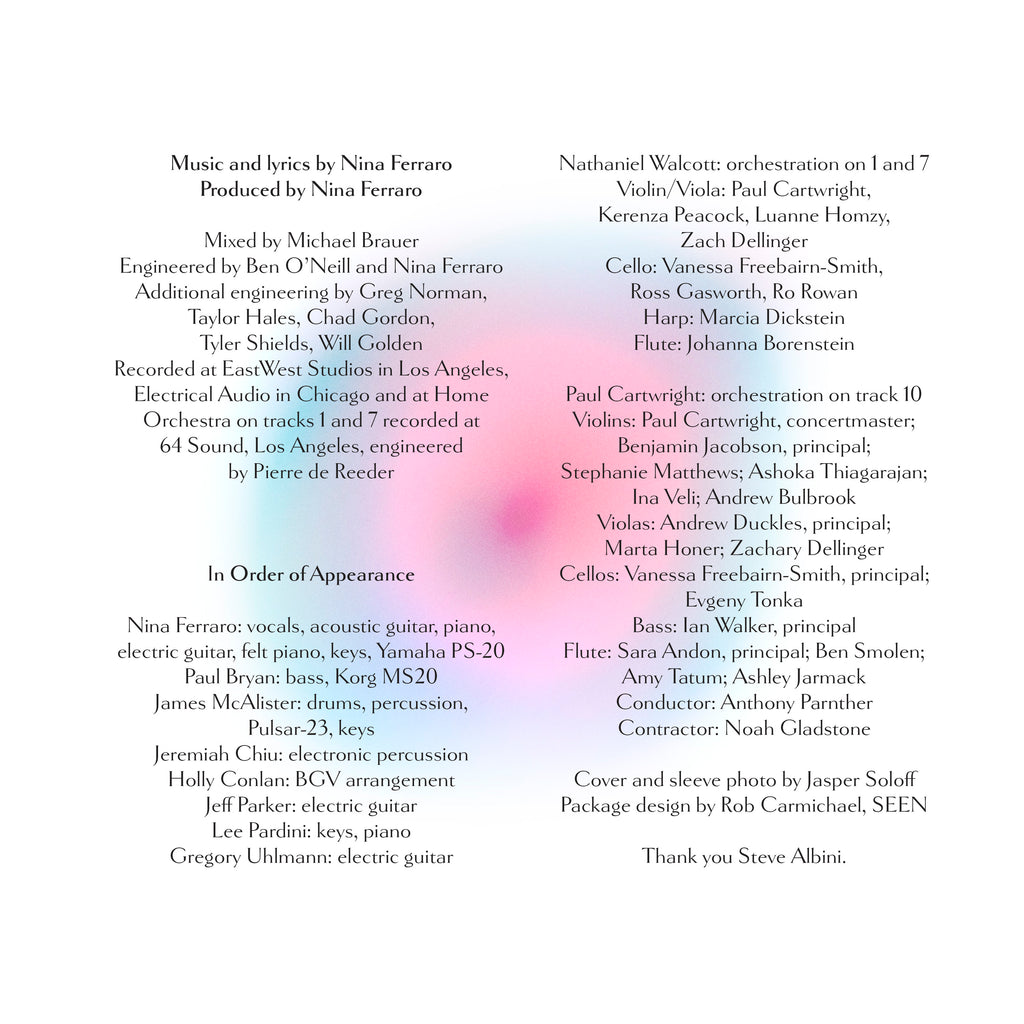
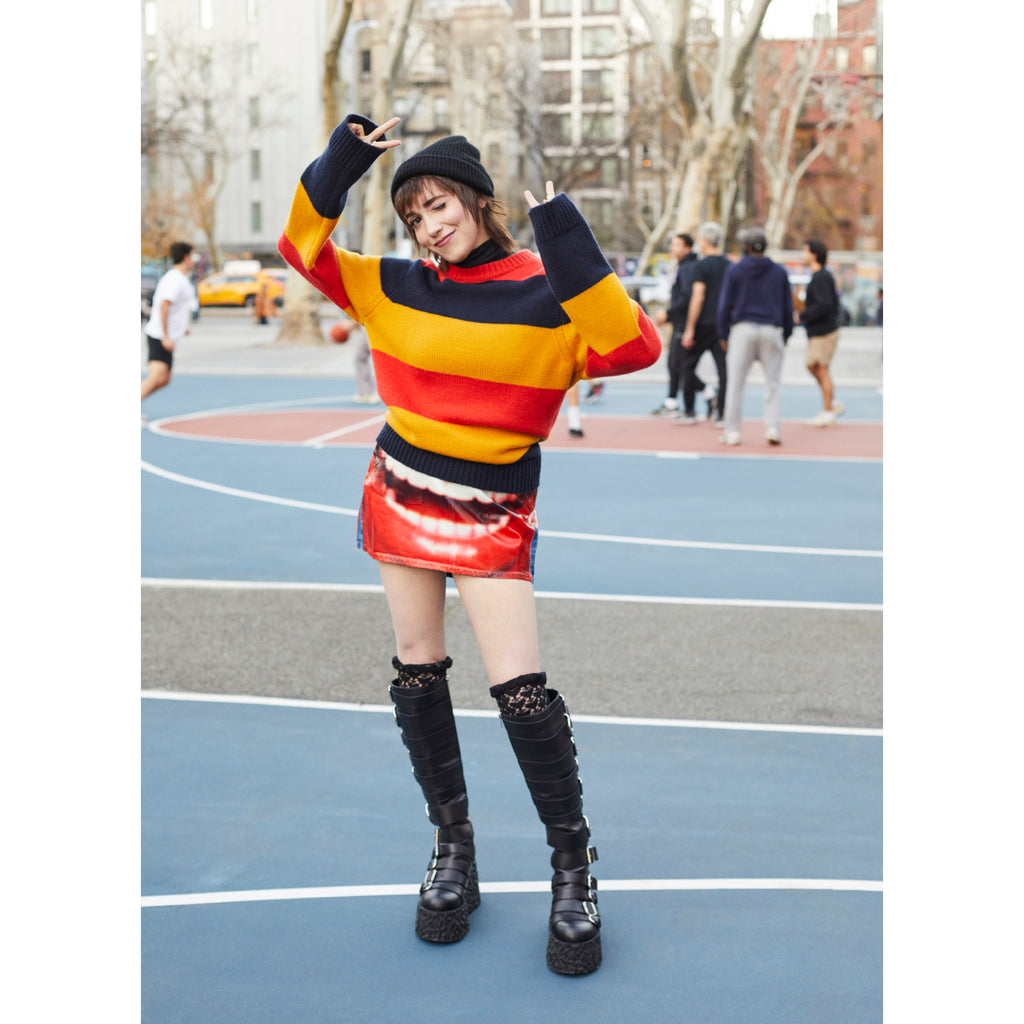
Share this item: